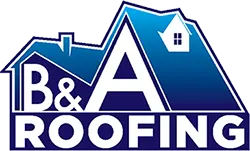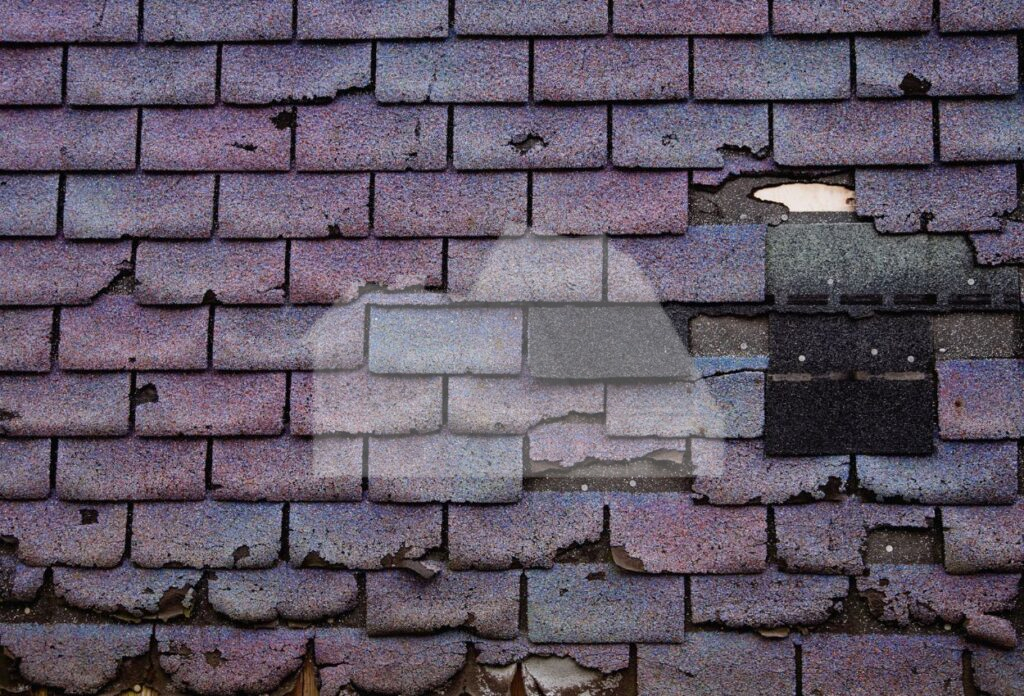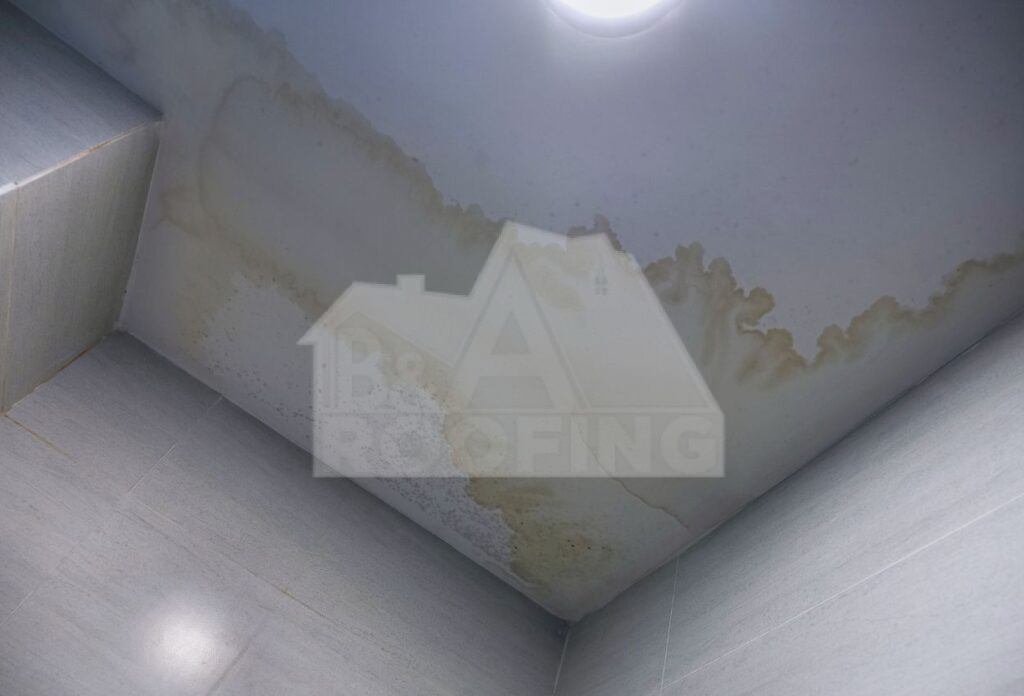Instant Roof Quote
 ×
×
South MS: (601) 520-3183
North MS: (662) 636-7663
North AL: (256) 692-5527
Meridian, MS: (601) 841-3218
Do You Need To File An Insurance Claim
Posted on February 28, 2025

Picture the sound of ice pellets hitting your roof, starting as a light tap that builds up into a noise that drowns the sounds of your home out. While hail might not seem like a big deal to you, it can cause real damage, especially to your roof. Even small hailstones can lead to expensive repairs if they’re ignored.
To help you understand this issue better, this blog post will address why hail damage is bad for a roof, what signs of damage to watch for, and why quick action can help prevent bigger issues in the long run.

When chunks of ice, called hailstones, fall during storms and strike houses and other structures, it can cause hail damage. These balls of ice can vary in size, and larger ones can cause serious issues like broken shingles, cracked windows, or even structural damage. Hail can affect a home in two ways. The first is functional damage, which weakens roofing materials and affects their ability to shed water; and the second is cosmetic damage, which mainly impacts appearance.
Here’s a look at what hail damage looks like on your roof:
Hail can leave dents on metal vents, flashing, gutters, and downspouts. Over time, these dents weaken the metal, increasing the risk of leaks and further damage.
Asphalt shingles have a protective layer of granules that shield them from the sun. Hail can knock these granules off, creating bare spots that accelerate wear and make the roof more vulnerable to leaks. If you notice granules accumulating in the gutters, it could be a sign of hail damage.

Large hailstones can crack shingles or break pieces off entirely. This weakens the roof’s ability to protect against water, leading to leaks and potential structural issues.
Metal vents and flashing are particularly prone to hail damage. Dents and cracks in these components can affect ventilation and sealing, increasing the chance of leaks.
Softer materials like PVC, or older roofing compounds, can be punctured by hail. Even small punctures create entry points for water, leading to hidden damage if left unaddressed.
Hail impact can leave soft spots, known as bruising, which weakens shingles over time. In some cases, shingles may start curling, reducing their ability to protect against moisture and increasing the risk of leaks.

Skylights are highly vulnerable to hail damage. Even small cracks allow moisture to seep in, causing leaks and water stains inside the home.

Hail can also dent, crack, or leave marks on siding and windows. If these areas show damage, there’s a good chance the roof has been affected as well.

Stains on ceilings or walls are strong indicators of roof leaks. If a hailstorm recently passed through, inspecting the roof is crucial to identify potential damage.
The impact of hail can shift shingles out of place, exposing areas that make the roof more vulnerable to water damage. Proper realignment helps prevent leaks.
Also Read: What Can You Use To Cover A Damaged Roof?
Even if you think that the hail damage that’s formed along your roof is minor, you might want to be wary of the long-term effects that can occur if you ignore it.

Leaks caused by hail damage on roofs can cause water damage inside your home. Over time, this moisture leads to mold growth, which can pose health risks.
A hail-damaged roof is more vulnerable to weather conditions. Water can seep in, causing wooden supports to rot and weaken the overall structure.
Small issues from roof hail damage can quickly turn into expensive repairs. Delaying repairs might also complicate your insurance claim, leading to lower payouts or even denial.
Hail damage to shingles accelerates wear and tear. Exposed areas become brittle under UV rays, forcing premature replacement.
A home with a roof with hail damage is less appealing to buyers. Visible damage raises concerns about expensive future repairs.
Gaps created along a hail-damaged roof allow drafts inside, making your home less energy-efficient and driving up heating and cooling costs.
Ignoring hail damage to the roof leaves it exposed, making it more likely to suffer severe damage during future storms.
Here’s what you should do right after a hailstorm to assess and handle any roof damage:
Check for hazards like downed power lines or debris. If you need to inspect your roof, use a sturdy ladder and wear safety gear. If it’s unsafe, call a professional.
Walk around your property and look for dents, cracks, or broken windows. Pay attention to siding, window frames, and areas where hail may have hit.
Take clear images of any hail damage on the roof and other affected areas, which will help you if you’re filing an insurance claim. Make sure to note the date of the storm.
Report the hail damage to the roof as soon as possible. Check your policy to understand what’s covered and be ready with details about the storm and damage.
If you see signs of hail damage to shingles or suspect hidden issues, get a professional inspection. They can assess the hail-damaged roof and provide estimates on repair or replacements.
Trim tree branches, secure loose items, and clean gutters to reduce risks during future storms.
Once your insurance approves repairs, don’t wait. Delays can lead to worse damage and higher costs.
If your roof with hail damage is old or severely damaged, consider upgrading to hail-resistant materials. This can help prevent future issues and save money over time.
Now you know that hail damage can cost you, don’t wait for leaks to occur. If you suspect damage, get a roof inspection as soon as possible. Acting fast prevents bigger forms of damage from occurring, saves you money, and keeps your roof strong. Protect your home before a small issue becomes an expensive problem.
When a storm passes, B & A Roofing and Gutters is ready to help. From dents and missing shingles to leaks and damaged gutters, we handle it all with our quality roof storm damage services. Our experienced team works quickly to restore your roof’s strength and protect your home from further damage. Don’t wait, call us today at (601) 520-3183!
Don’t see your location? Call us! We Likelt serve your area too